The Future of Printed Packaging
)
We stopped by the London Stationery Show this week and one of the big trends set to sweep the world of stationery was centred around sustainability and environmental impact. Food for thought, huh? When it comes to packaging, what's happening out there? How can you reduce or tailor your packaging to be inline with consumer needs, wants, demands and trends? And what about quality? Recycled and reused materials tend to offer their own unique appearance, and have reduced shelf lives (due to their composition ability). So how can you make sure you're still offering a premium product without compromise?
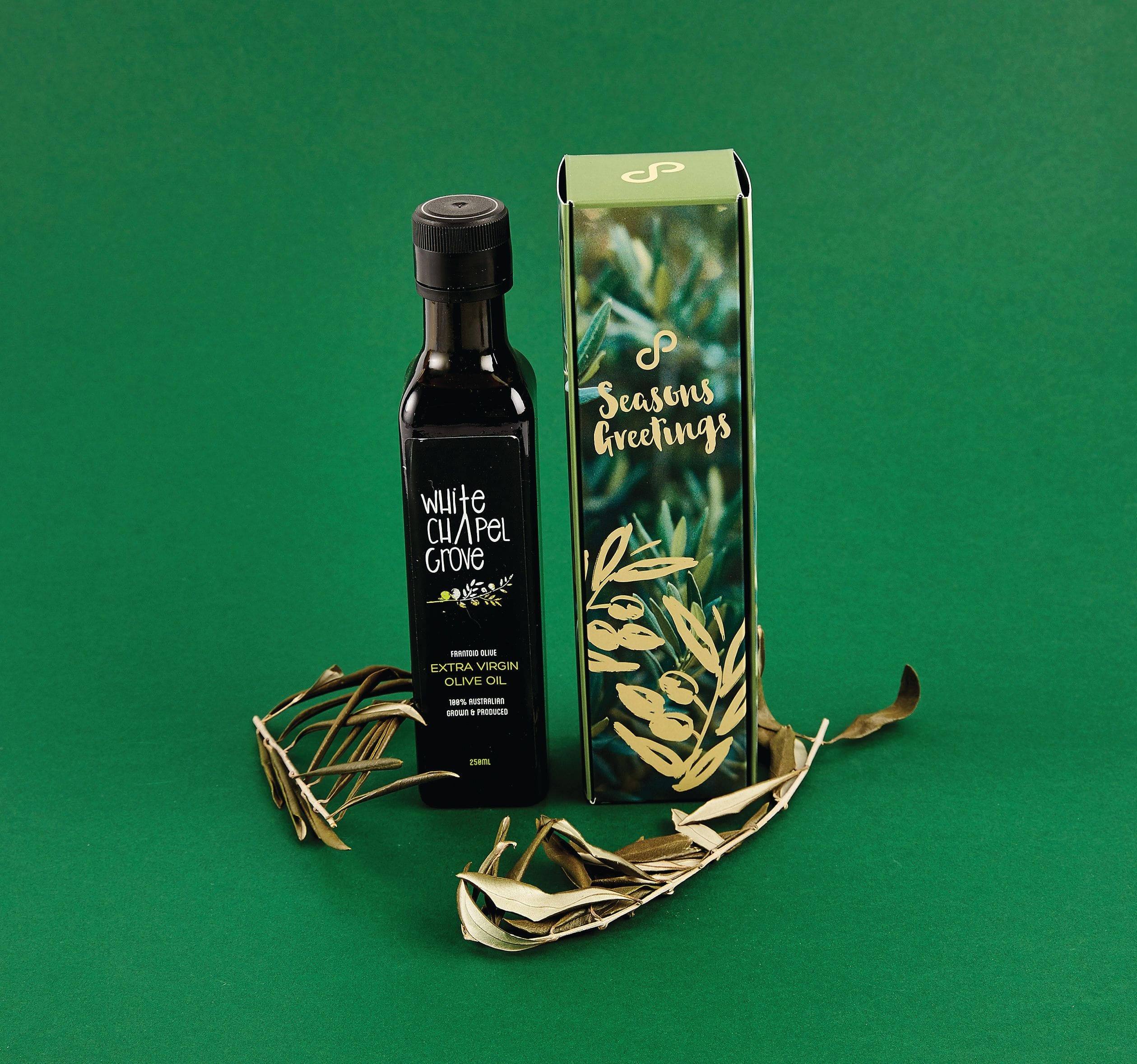
Make the decision
First of all, you need to make the decision to use less plastic, or look for sustainable alternatives. This doesn't have to be done all at once, simply changing your packaging from plastic bags to card/paper ones is a great start. Make a list of all the things you can, and will change, without too much disruption to your business. Try to work through these throughout the year ahead.
Tell your customers
Customers are the key drivers behind this trend. A new study has revealed that 75% of British consumers want online retailers to use eco-friendly materials to pack their orders and minimise parcel packaging waste. Millennials also showed a willingness to pay almost £1.19 more for eco-friendly packaging while respondents aged over 65 years were ready to pay just £0.47 extra per package. (see source) Shout about the changes you're making. Your customers will support you and, if your new eco-friendly packaging means your products cost more, tell people up front and ask if they would be happy to pay more. You'll be surprised at the response. Customers also expect businesses to have some kind of responsibility around plastic use and environmental causes, in telling your customers about the change, you'll be boosting your brand image and building loyalty. Customers who care about the environment will be more likely to choose you over another, less eco-friendly retailer, if they can see your efforts.
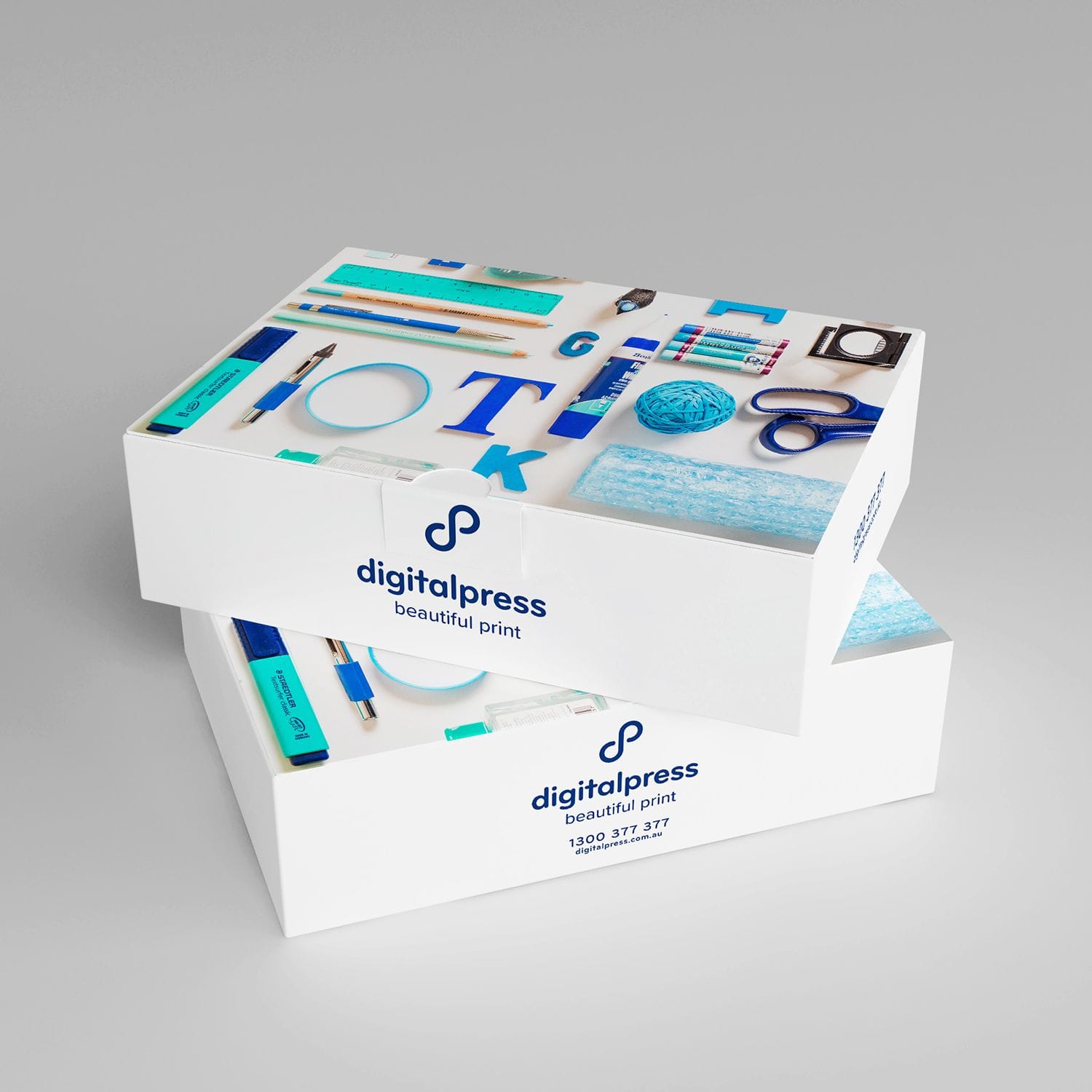
Consider your options
If you sell things in store, or to retailers, think about how you package your products. Do your cards need a cellophane bag? Could you use a paper Belly Band instead? When you post your items, do you use plastic mail bags? Could you switch to boxes, or envelopes instead? Do you use recycled paper? Could you incorporate this into your designs, or even your communications and marketing? How do you manage your waste? Could you do more to recycle more effectively? These are just a few options for small changes you could make, if you're looking for more, check out this blog from National Geographic.
Customers like Rachel Hudson Illustration are already working on ways to reduce plastic use. She says "I try to keep my packaging to a minimum and source eco-friendly materials, including recycled backing board, recycled envelopes and biodegradable corn starch packets from @ecocraft_ltd Every order includes a mini Thank You card and a small copper butterfly sticker."

What does the future hold?
Smart packaging. Sounds like a buzz word. Our phones are smart, our homes are smart, our cars will be able to drive themselves soon so it makes sense that our packaging is about to get smart too. Product packaging that can interact with shoppers via their smartphones and devices to offer tailored greetings, informations, deals or discounts (based on previous purchases) might sound like the beginning of a sci-fi movie but it's coming and soon. The most recent edition of Stationery Matters (which we picked up at the London Stationery Show), discussed how NFC technology (Near Field Communications) could have a significant impact on the way we package our goods and shop. Smart packaging could have the ability to remove the need for small print, instruction manuals and extra details that are usually found on and in packaging, instead sending the information straight to your device thus removing the need for extra printing, or plastic packaging.
If you're interested in reading more, head to the e-zine version of stationery matters, here.
This blog post first appeared here.
| Posted in:Most RecentIndustry News |
Design, Brilliantly. Add a hint of flash or a touch of wow.
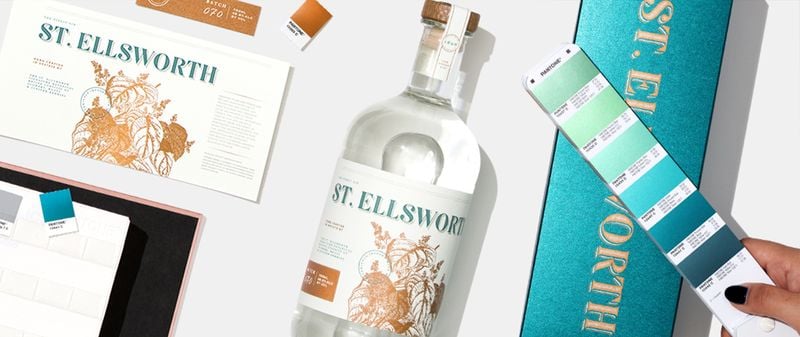)
Pantone Metallics for printed materials help make designs shine, dazzle, and attract attention! Whether you're a graphic or packaging designer, brand manager, printer, or ink manufacturer, we have something new for you.
- 655 metallic colors for printed packaging, branding, logos, marketing materials, invitations, or announcements.
- Pantone Metallics provide a full range of dynamic light, medium, and dark hues plus essential core colors like gold, silver, platinum, copper and gun metal.
- Pantone's new metallic base ink Rose Gold, helps formulate over 25% of our new trend-driven colors.
- Metallics for packaging and print are inspired by our Fashion, Home + Interiors Metallic Shimmers made for product design. Now you can match more color across different materials and applications.
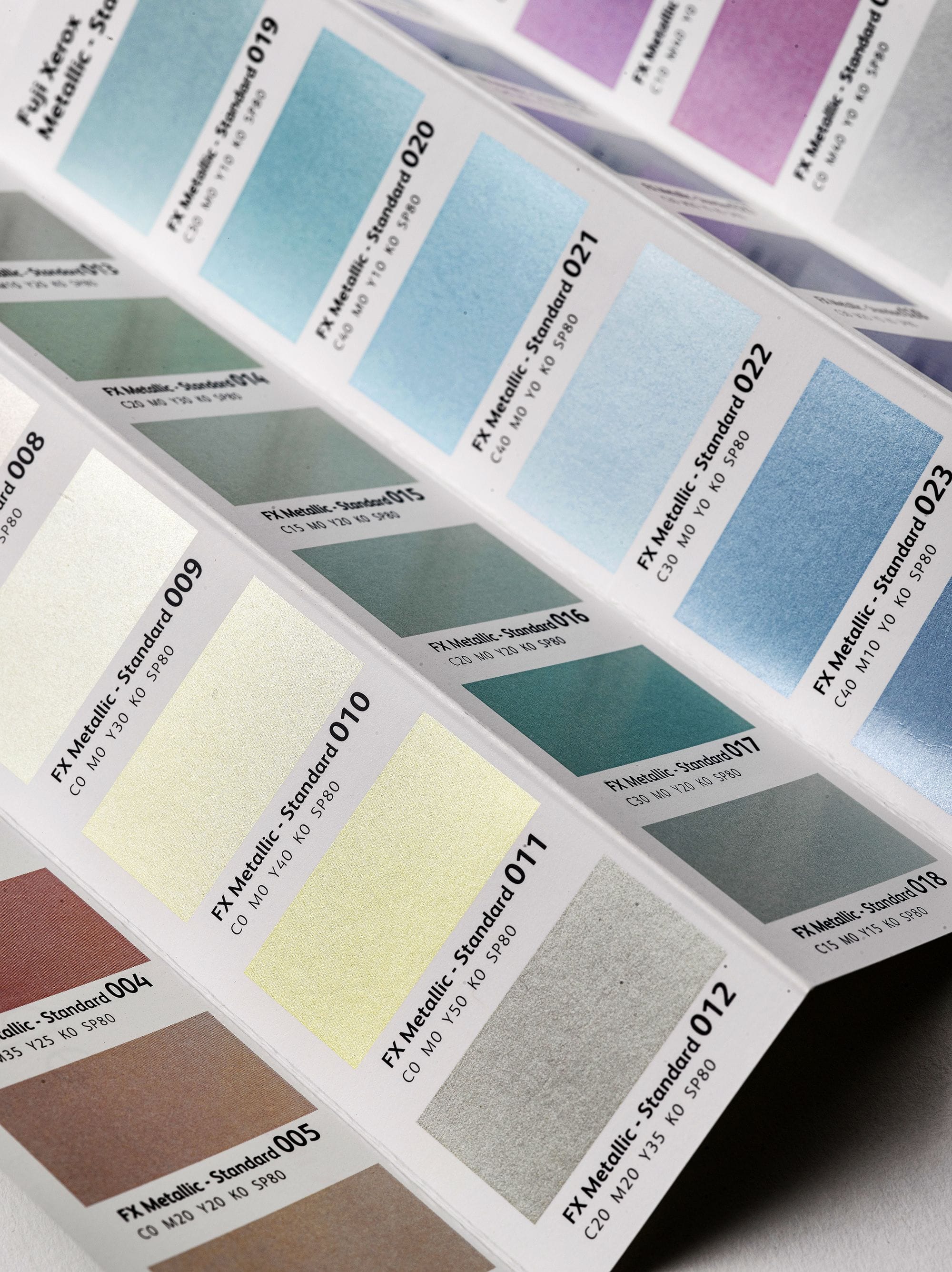
Give our Beautiful Print Experts a call today to see how metalic inks can bring your next project to life.
This blog post first appeared on Pantone.com
| Posted in:Most Recent |
Print Terms and Explanations - Part 1
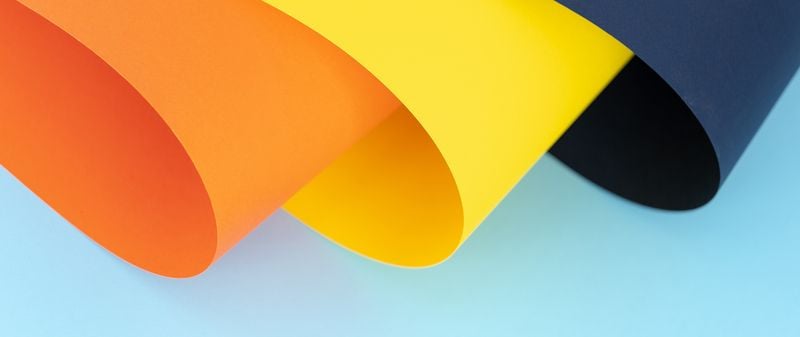)
There are so many technical words that are thrown around in the print world, sometimes it's enough to make us dizzy! But don't worry, we've put together a trusty guide for you to be able to sneakily brush up on your print lingo and have you talking like you know it like the back of your hand.
Finishings - The term finishings refers to two things, the first is the surface characteristics of paper. The second is the general term for trimming, folding, binding and all other post press operations.
Binding - Binding is the term used for the finish that printers use to hold the pages of a book, brochure, or notepad together.
Bleed - Is the printing that extends to the edge of a page. It is important to always have a bleed set up with content reaching the edge so that when trimming occurs there is no left over white edges (unless that is the design of the piece).
Celloglaze - A plastic film heat bonded to printed products such as booklet covers, business cards and postcards. Not only does it provide protection, it also adds a distinctive matte or gloss finish.
Stock - Sizes, weights and colours of different paper that is available.
Artwork - Refers to designed content for printing, including type, photos and illustrations. Sometimes referred to as art.
Digital Print - Digital printing is uses toner and can print CMYK the same way offset printing does, but it is more cost effective and faster as there are no printing plates to set up and print dries instantly. It is the best choice for smaller businesses who needs well priced, high quality, fast turn around printing solutions.
Creep - What happens to middle pages of a folded booklet that extends slightly beyond outside pages. Also sometimes referred to as feathering, outpush, push out and thrust.
Die Cutting - To cut custom or irregular shapes into paper or paperboard using a die.
Variable Data - Is a form of on-demand printing in which elements (such as text, graphics, photographs, etc) can be quickly and easily changed from one printed piece to the next using information from a database.
Proof - A printed sample of the project to show exactly how it will look using all stock and ink to be used for the final run. This allows the client to give the all clear before the actual print run is conducted.
DPI / PPI - Dots Per Inch or Pixels Per Inch. Refers to how high of resolution something is. Usually for web the recommended DPI or PPI is 72, for print it is 300.
Crop Marks - The small printed lines around the corners of a printed piece indicating where it should be cut.
Gutter - A blank space or margin between components on a printed piece or press sheet.
Pagination - The numbering of pages in a book. Some printers prefer to manage pagination themselves and ask for single sheets, others prefer spreads.
Rich Black - Using multiple layers of ink colors in addition to black to produce a deeper and darker black color. The most common CMYK values used for this are 30% Cyan, 20% Magenta, 20% Yellow and 100% Black.
Scoring - Pre-creasing paper for the purpose of making folding easier.
UV Coating - A high gloss coating that is shiny and very durable that can be applied to printed material. It is applied as a liquid then cured with ultraviolet light.
Letterpress - Method of printing from raised surfaces, either metal type or plates whose surfaces have been etched away from image areas. Also called block printing
Spread - The two pages that face each other in any book or publication.
Value - The shade (darkness) or tint (lightness) of a color. Also called brightness, lightness, shade and tone.| Posted in:Most Recent |
Dry toner printing has got the goods
)
Dry Toner printing has made leaps and bounds in terms of print quality and enhancement too, now offering a broader gamut of colour via CMYK but also clear, silver and gold toner options too. Dry toner is really up there for quality now and we actually think dry toner silver gives the best metallic print result you can find but shhh don't tell the offset guys!
Economical embellishment with clear toner
The idea of this piece was to show you can mimic spot varnish with the use of clear toner. It's a really economical trick and great for when you only need a small amount of business cards or an invite. On first glance of the printer's proof we immediately saw the clear ink was too subtle on the bright pink. We wanted more impact so decide to put 30% magenta down first and then print the clear toner over the top. This gave greater contrast between paper and print. And by putting the clear toner on last it gave a nice shiny finish, mimicking the look of an expensive varnish.
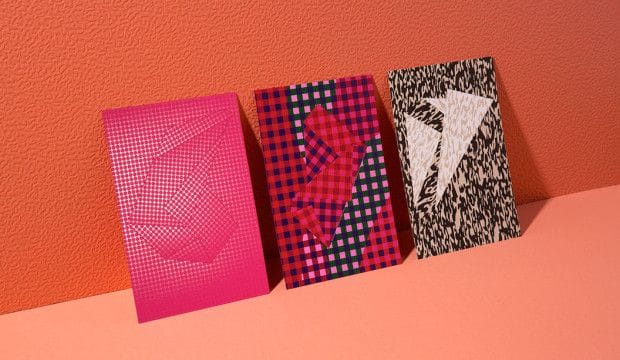
TIP: the more matt and rough the paper is the greater contrast with the shiny clear toner. This trick works beautifully on dark papers and can be mistaken for a clear foil. Much cheaper and quicker than getting a foil block made and ideal for those times when you need some quick impact.
Looking for some additional inspo?
Here's some dry toner tricks just for you:
1. Clear ink on black stock to create a shiny, rich black effect.
2. Clear ink on white stock can achieve a subtle, modern white foil effect
3. Print a clear ink pattern over black text for a textured print effect
4. Dry Toner Silver and Golds come in all shades from yellow gold through to cooper, pewter and flat silver. It's a mix of silver and yellow and the shades are endless.
5. Want a thick card? We sell cardboard that can be printed and stuck together under pressure. Mulitloft and Mohawk layers are the two products. It's a cheap way to get super lux thick business cards on a short run, quick turnaround basis.
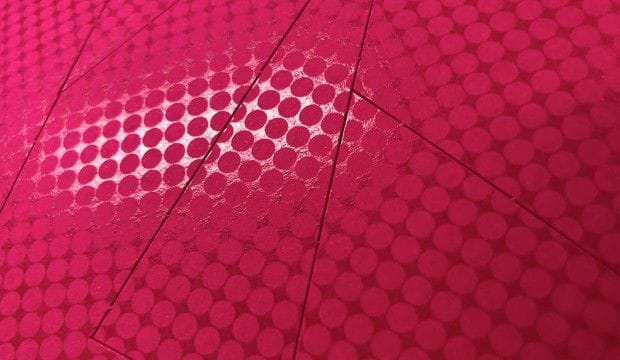
This article first appeared on ballanddoggett.com.au
| Posted in:Inspiration |

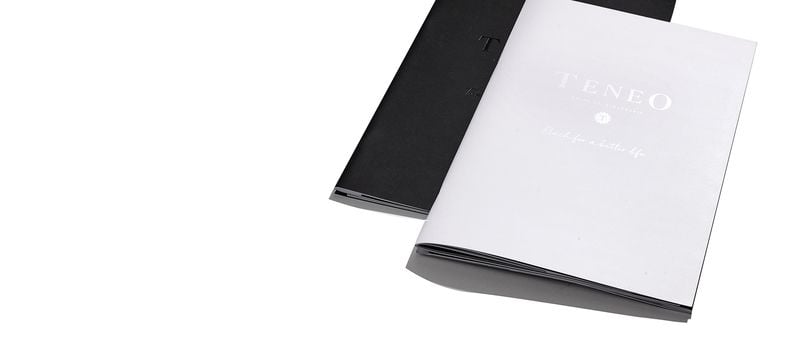)
